On Apple, Unicode, and why there's a love hotel emoji on your smartphone
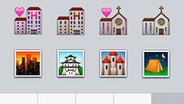
It has been a while since the first emoticons were officially proposed and documented. That happened back in 1982, when texting wasn't even a thing yet and mobile phones were usually found in luxury cars, not in pockets. Today, over three decades later, we have smileys built right into smartphones' on-screen keyboards. All three major platforms – iOS, Android, and Windows Phone – offer hundreds of cute little pictures that can be inserted in chats, ranging from smiling and frowny faces to... a love hotel and a pile of poo. Have you ever wondered what's the story behind them? And why do we have the latter two symbols anyway?
Shigetaka Kurita is regarded as the creator of emoji (from Japanese: "picture" (e) + "character" (moji)) as we know them today. At some point in the late '90s, he designed a set of 172 emoticons, which were meant to be used in a mobile messaging service by Japanese carrier NTT DoCoMo. Eventually, other carriers picked up the idea and developed their own emoticons. The problem, however, was that these sets of emoji were not compatible, so if you were to send an emoticon from one network to a buddy who was on another network, it was not guaranteed that the right emoticon would appear on their device.
Later on came the Unicode Consortium – the guys whose job is to standardize the encoding, representation, and handling of text across digital writing systems – and decided to add emoji to the Unicode standard. That happened in 2010 with the release of Unicode 6.0, and the aforementioned pile of poo and love hotel emojis were on the list. So were a bento box, a fried shrimp, a wind chime, Japanese dolls, a Japanese goblin, and other emoji related to Japanese culture. Why? Because Japan is where emoji originated from, and the Unicode guys simply added emoticons that were already popular in emoji's homeland. On a related note, poo is associated with luck in Japan, and love hotels, the use of which is self explanatory, are a common sight in the country.
So, what does Apple have to do with all of this? Well, the company is responsible for emoji becoming universal across phones outside of Japan. When the very first iPhone came out, it did not include emoji, and as you can probably guess, Japanese folks weren't happy about that. The issue was resolved in the second release of the iPhone operating system, which brought emoji support, but their use was allowed only when a Japanese SIM card was detected. Eventually, emojis were unlocked for all iPhone users with the launch of iOS 4 – to use them, one simply had to enable them from the settings menu. Their rise in popularity was noticed by both Google and Microsoft, both of which later added emoji support to their operating systems, namely Android and Windows Phone. The emoji related to Japan were never removed even though not all westerners would understand them.
So that's the story of the emoji we have and use on our smartphones. Do you have a favorite? Or do you favor stickers instead? Let us know in the comments!


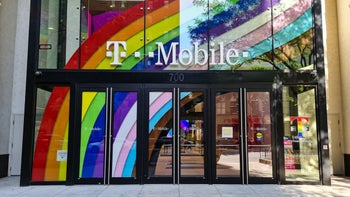
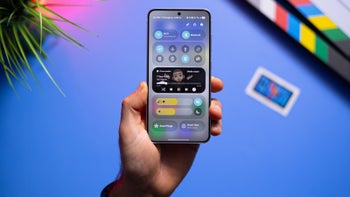

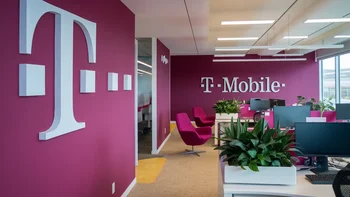
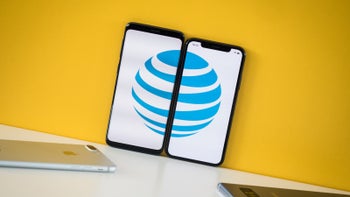
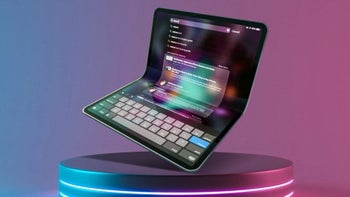
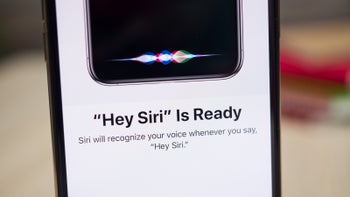



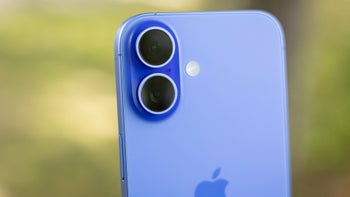
Things that are NOT allowed: